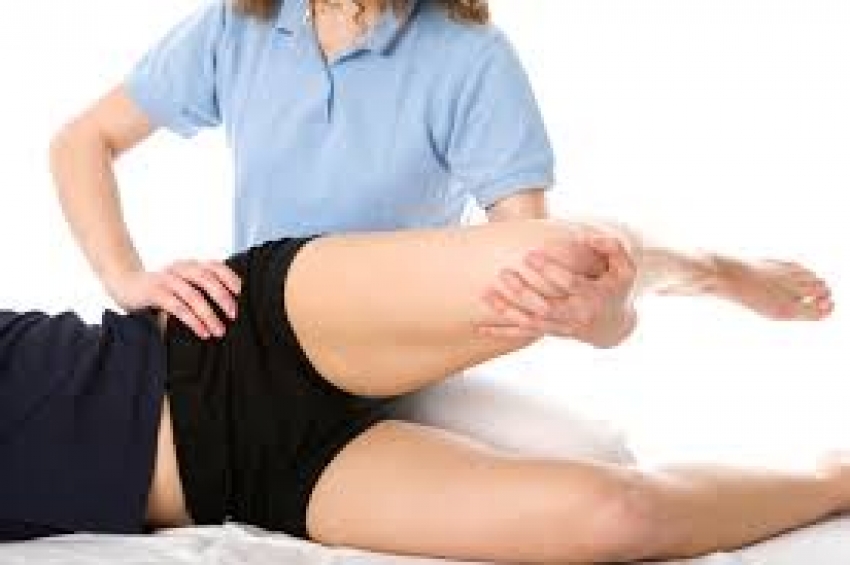

Orthopedic massage, a fairly new addition to massage modalities, applies to massage treatment of conditions resulting from any number of activities including work, sports or accidents. It can be classified as a type of medical or healthcare massage. Orthopedic massage addresses pain and injuries in many parts of the body including the trunk as well as the extremities.
Orthopedic massage includes four main components: assessment and evaluation of the injury, choosing the appropriate techniques, application of treatment, and monitoring the healing process. Orthopedic massage can be performed in many different settings such as private practice, chiropractic clinics, physical therapy settings, and hospital settings. It may also include a referral to the appropriate healthcare professional for diagnosis and collaborative care.
The types of techniques used in orthopedic massage vary greatly and include, but are not limited to:
Performing orthopedic massage on soft tissue injuries has many positive effects. It enhances circulation and promotes healing of tissues by bringing in fresh blood and lymph, it reduces muscle tightness and pain, it can release tight fascia and free mobility of fascial tissues, it relaxes the body as a whole, and has a positive effect on the immune system.
Cautions and contraindications to orthopedic massage include, but are not limited to: fracture, excessive swelling, acute injury such as muscle or ligament strain or tear, fever, severe pain, recent surgery, extreme redness, and heat in the area of pain. If you are in doubt, it is always helpful to refer your client to another healthcare practitioner for evaluation.
We offer a 17 CE hour course titled Orthopedic Massage designed to introduce you to this valuable modality.